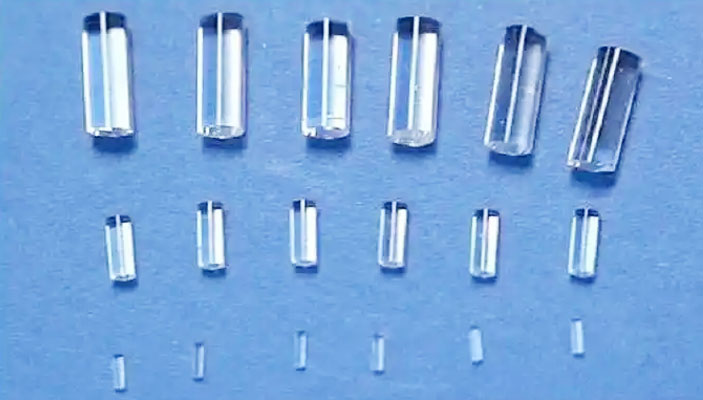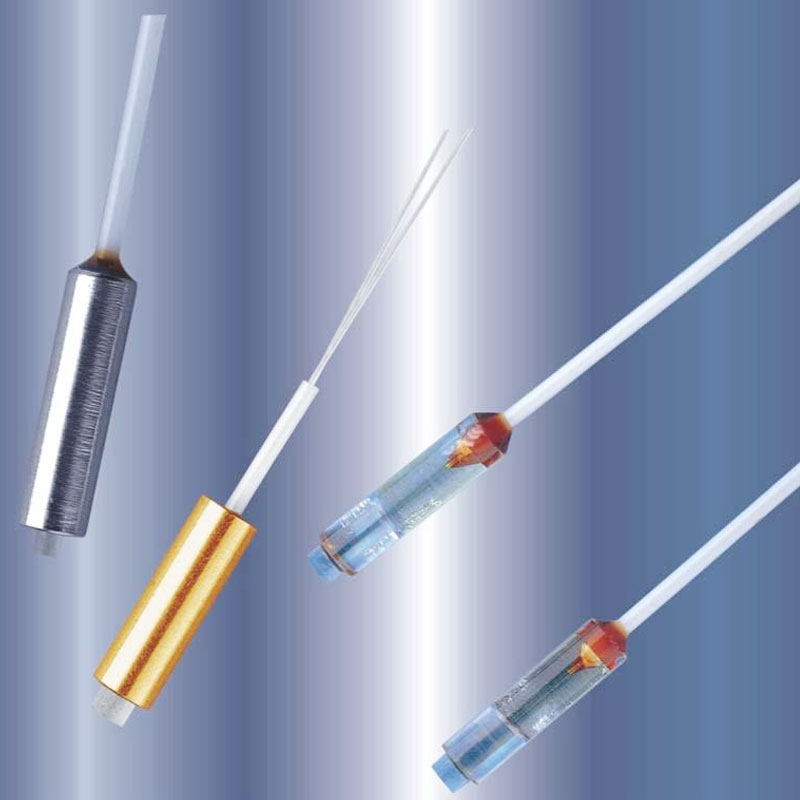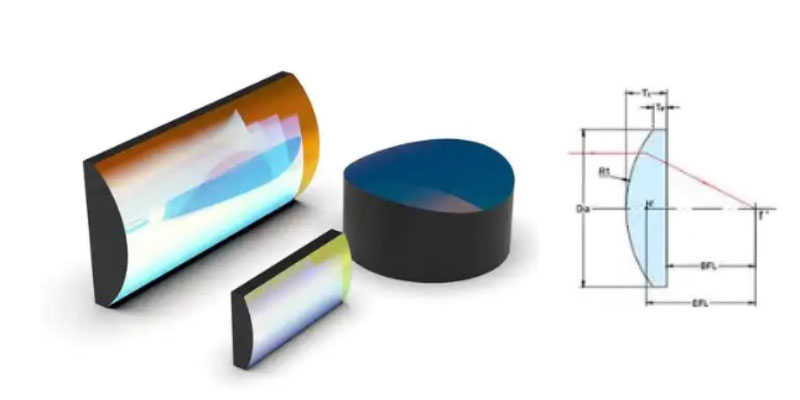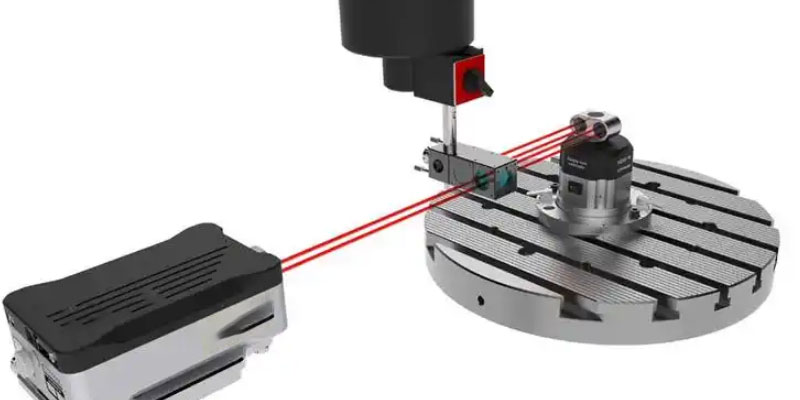
1.The structure and principle of the self-focusing optical lens and optical fibers used for imaging.
- Self-focusing lens

Self-focusing lens is an optical component that is able to automatically perform focus adjustment. The concept is to build an atomic structure on the lens’s surface to ensure it’s refractive index alters depending on the angle of incidence of light, which results in an automatic adjustment to focus light. Structure of a lens that self-focuses comprises two layers, i.e. the top layers are a microlens array, and the lower one includes an electrode array. If an external power source is connected to the electrodes an electric field is created on the microlens array which alters its refractive index. This creates the self-focusing adjustment light.
- Imaging fiber
The Imaging Fiber is an optical fiber that has optical transmission as well as imaging functions. Its basic structure is an inner core of fiber with a cladding, protective layer and a protective that is the fiber core within the imaging sensor is used to receive the image information. The idea behind imaging fibers is to make use of optical imaging technology in order to transmit the image information transmitted by its fiber optic center until the monitoring end of the fiber, in order to enable observation and monitoring of the observable object.
2.the distinction between a self-focusing lens and an imaging optical fiber
- Principle
Self-focusing lens‘s principle is that it uses the microstructure and the electric field to alter to the refractive index in order to achieve self-focusing adjustments of light. The idea behind the imaging fibers is to utilize optical imaging technology in order to transmit the image information via the fiber core and to the monitoring end.
- Structure
The self-focusing lens’s structure comprises two components: the electrode array and microlens array. The structure of the imaging fiber has three components: the the fiber’s core and cladding, and the protective layer.
- Application

Self-focusing lenses are extensively employed in the field of imaging for high resolution and high-sensitivity imaging. Fiber optics are widely utilized in the area of fiber optic transmission and monitoring that allows for the monitoring and observation of the object that is being monitored.
3.Application Scenarios of Self-Focusing Lens and Imaging Optical Fiber
- Self-focusing lens
Self-focusing lenses are able to be used for a broad variety of applications in the area of microscopic imaging pizoelectric control of ceramics laser processing and various other areas. For instance in the field of microscopic imaging, self-focusing lenses is able to achieve the highest resolution, high-sensitivity and clarity imaging for neuron imaging as well as biomedical imaging, among various other crucial applications.

- Imaging fiber
Imaging optical fibers have many applications within the field that of optical transmission as well as monitoring. For instance it is used in robot vision or medical equipment, auto inspection and more. The imaging optical fibers can be used to facilitate the monitoring and observation of the object being observed as well as improve the accuracy of monitoring and efficiency.
Conclusion
Self-focusing lenses as well as optical fibers for imaging are two optical components, each with its particular advantages and scenarios for application. Understanding their distinct features and functions can assist us in implementing the components in our daily lives and enhance their effectiveness and utility.
optlenses
Related posts
What is the group velocity dispersion?
Cylinder Lens:The Function and Application Areas
What is The Interferometers?
Dichroic Mirror: A Reliable Assistant in Gemstone Identification



